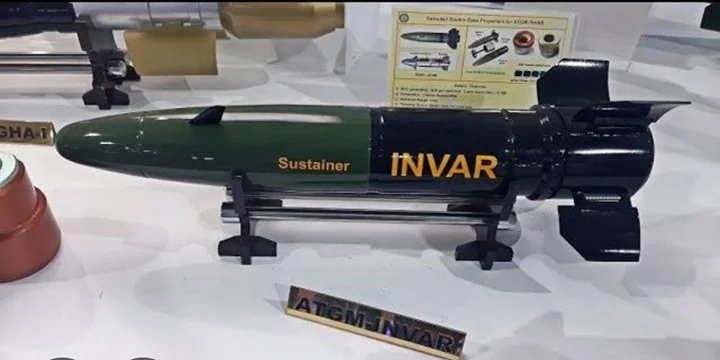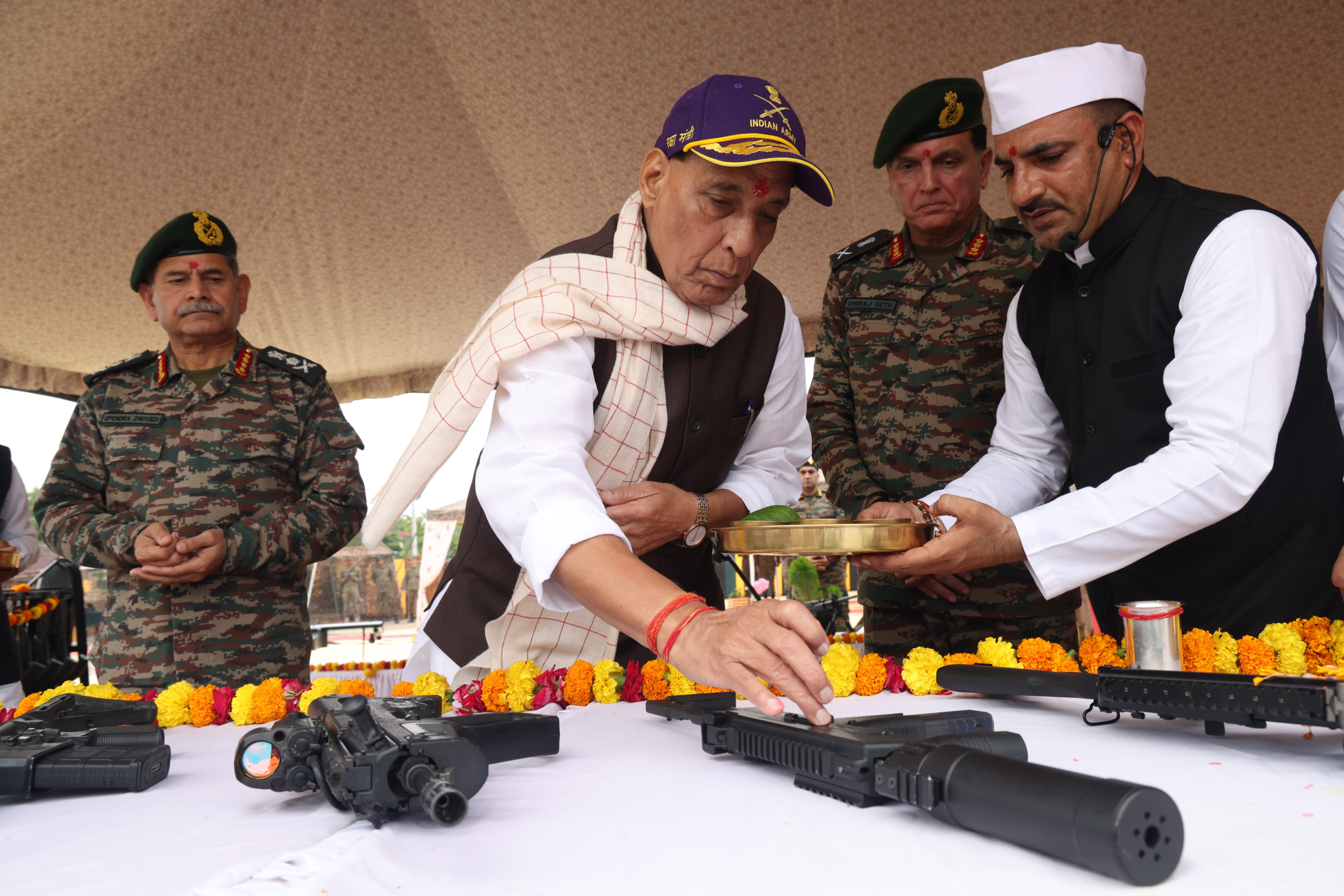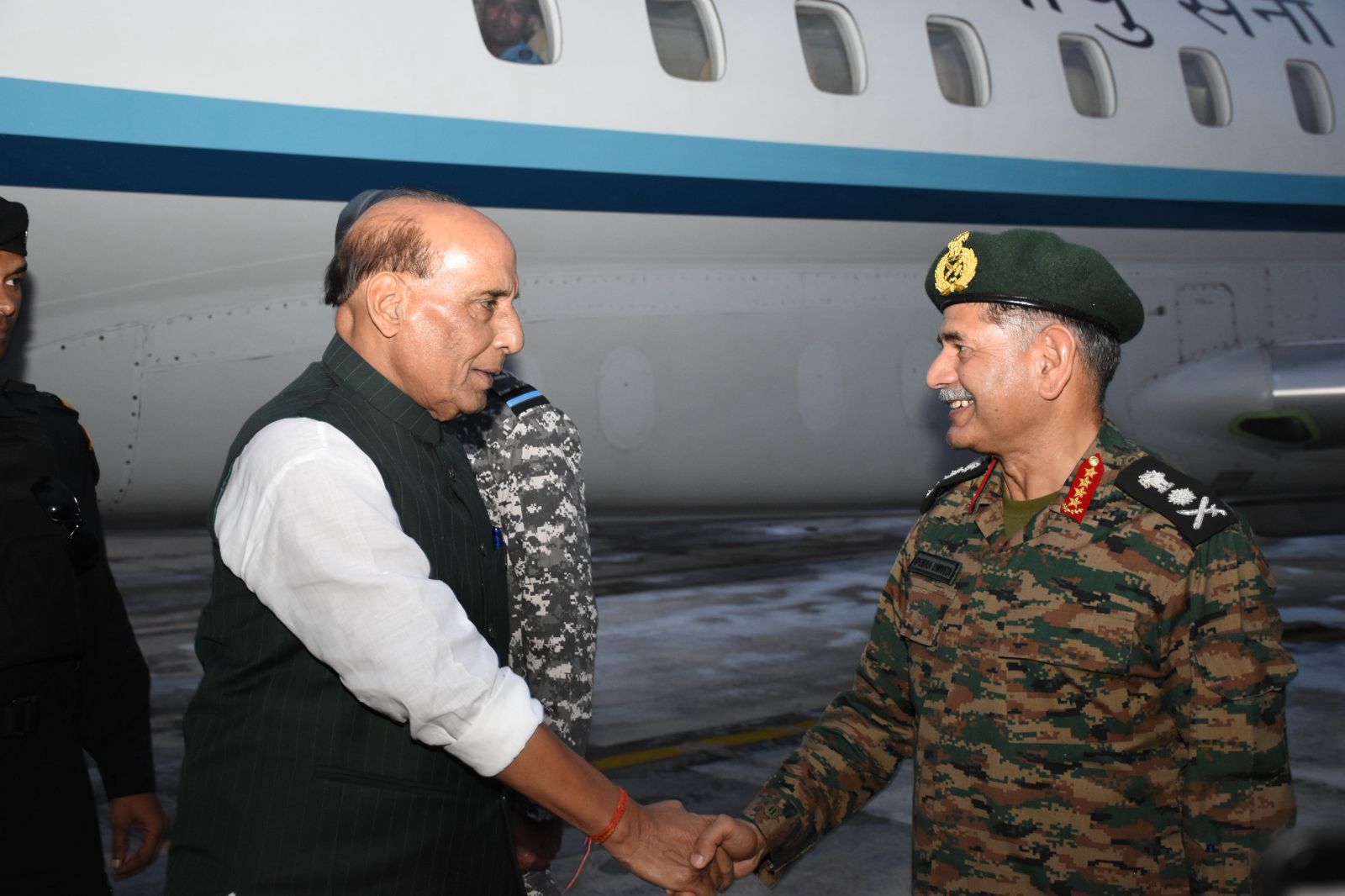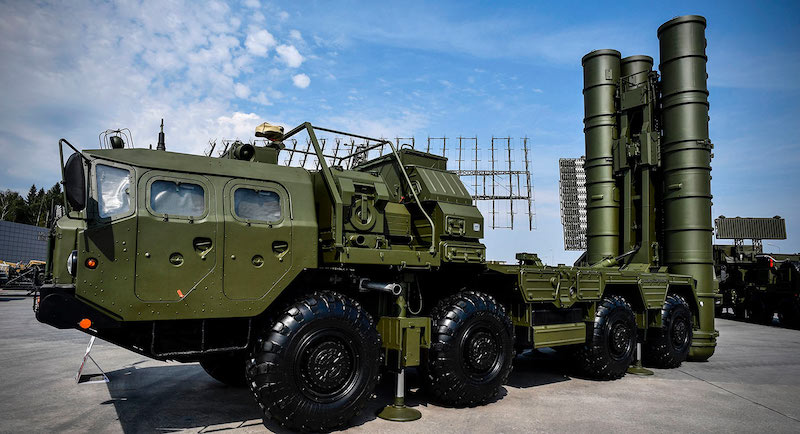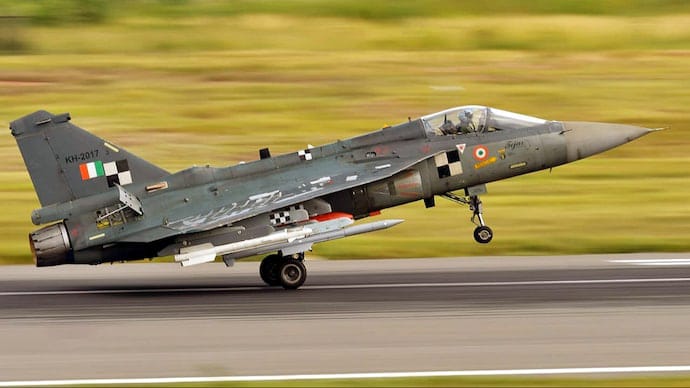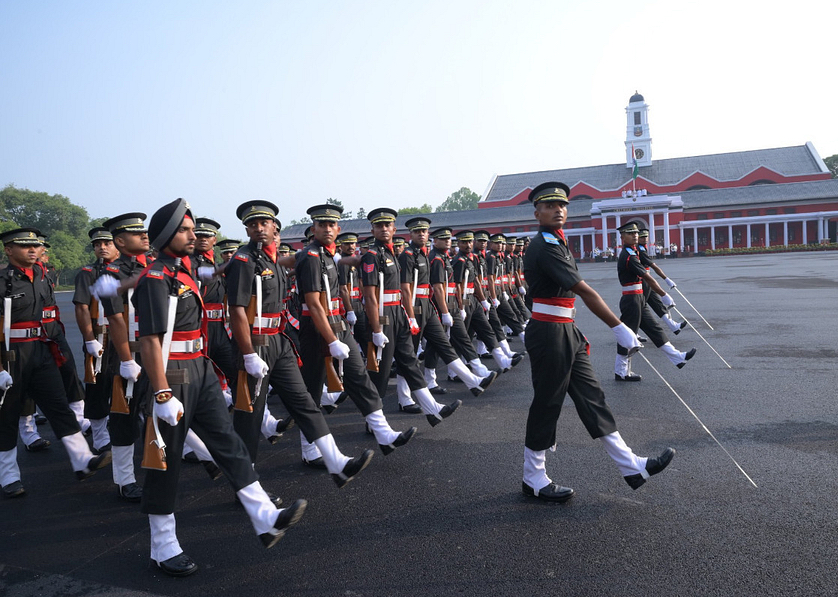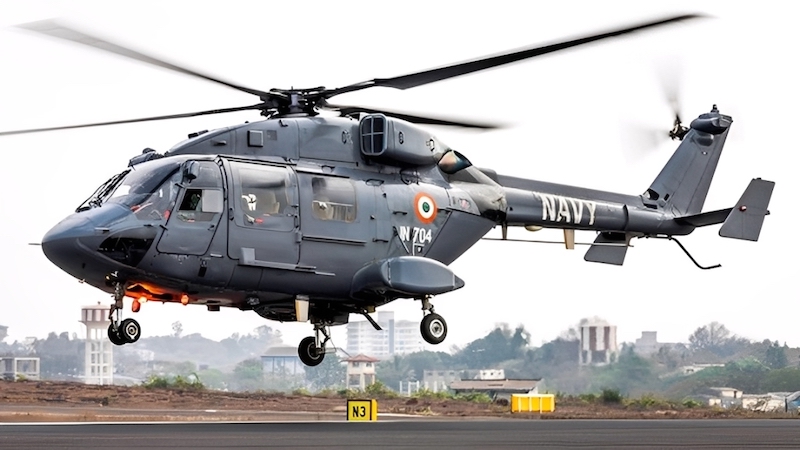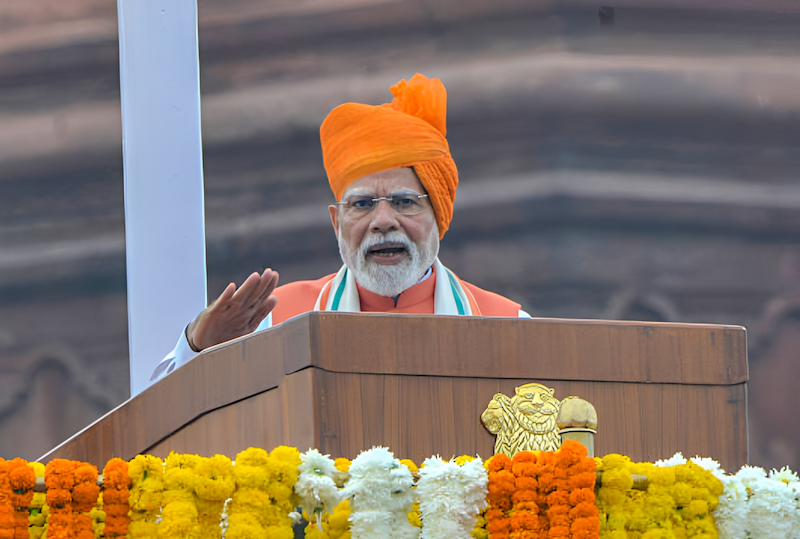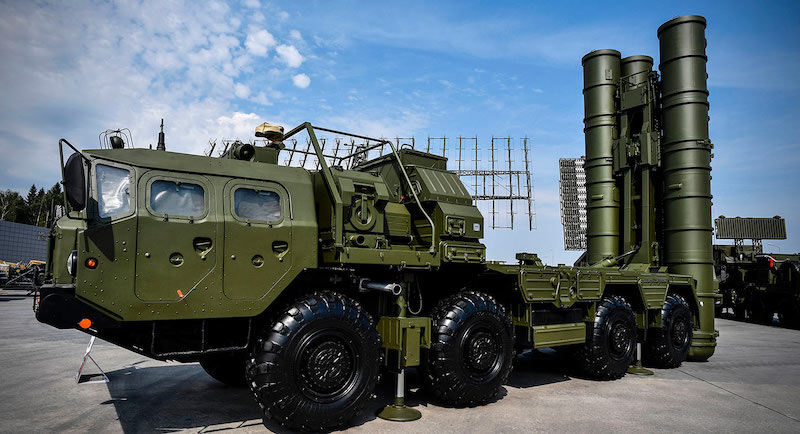 A comprehensive annual maintenance contract for the S-400 long-range air-defence missile system also received approval.
A comprehensive annual maintenance contract for the S-400 long-range air-defence missile system also received approval.
New Delhi: The Ministry of Defence’s Defence Acquisition Council has approved a comprehensive military modernization package worth approximately ₹67,000 crore. This approval is seen as a significant push to enhance the operational capabilities of the country’s armed forces across multiple domains.
The council, chaired by the defence minister, Rajnath Singh, on Tuesday, granted acceptance of necessity (AoN) for several critical procurement programmes that will bolster surveillance, combat effectiveness, and operational readiness of the Indian Army, Indian Navy, and the Indian Air Force.
Army gets enhanced night operations capability
The Army secured approval for procuring thermal imager-based driver night sights for its Soviet-era BMP infantry fighting vehicles. This upgrade will enable mechanized infantry units to operate more effectively during nocturnal operations, providing enhanced mobility and tactical advantages in low-light conditions.
The BMP fleet, which forms the backbone of the Army’s mechanized infantry, has been in service for decades and requires technological upgrades to maintain operational relevance against modern threats.
Navy focuses on autonomous systems
The Navy received clearance for three major procurement programmes. The acquisition of compact autonomous surface craft represents a significant step towards unmanned naval operations, particularly for anti-submarine warfare missions. These systems will provide enhanced capability for threat detection, classification, and neutralisation in contested maritime environments.
The Navy will also procure BrahMos fire-control systems and launchers, expanding the operational envelope of the country’s indigenously developed supersonic cruise missile. Additionally, the council approved upgrades to the Barak-1 point-defence missile system, which serves as the last line of defence against incoming aerial threats.
Air Force strengthens border surveillance
The Air Force secured approval for mountain radars specifically designed for high-altitude deployment along India's contested borders. These systems will significantly enhance air-surveillance capabilities in mountainous terrain, where traditional radar systems often face operational limitations due to geographical constraints.
The council also approved upgrades to the Saksham/Spyder weapon system for integration with the integrated air command and control system (IACCS), creating a more cohesive air-defence network across the country.
Multi-service drone programme approved
In a move that underscores the growing importance of unmanned systems in modern warfare, the council approved procurement of medium-altitude long-endurance (MALE) remotely piloted aircraft for all three services. These drones, capable of carrying multiple payloads and weapons, will operate at extended ranges for prolonged surveillance and combat missions.
The MALE drone programme addresses a critical capability gap in India’s military arsenal, providing round-the-clock surveillance and strike capabilities that are essential for modern military operations.
Cargo fleet sustainment measures
The council also approved sustainment programmes for the Air Force’s strategic airlift capabilities, including the C-17 Globemaster and C-130J Super Hercules fleets. These aircraft serve as crucial force multipliers for rapid deployment and logistics support operations.
Additionally, a comprehensive annual maintenance contract for the S-400 long-range air-defence missile system received approval, ensuring operational readiness of this critical strategic asset acquired from Russia.
The latest approvals are seen as India’s continued emphasis on military modernization amid evolving security challenges in the region. The procurement decisions come at a time when the country faces multiple border tensions and seeks to enhance its deterrence capabilities across all domains of warfare. The procurement will also support domestic defence manufacturing through various procurement programmes.

